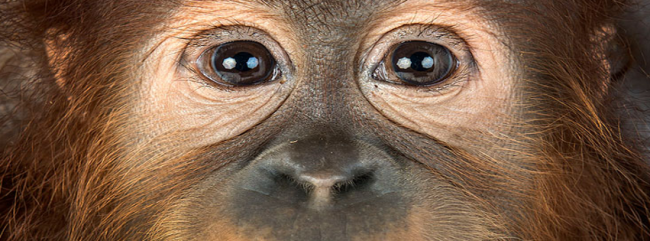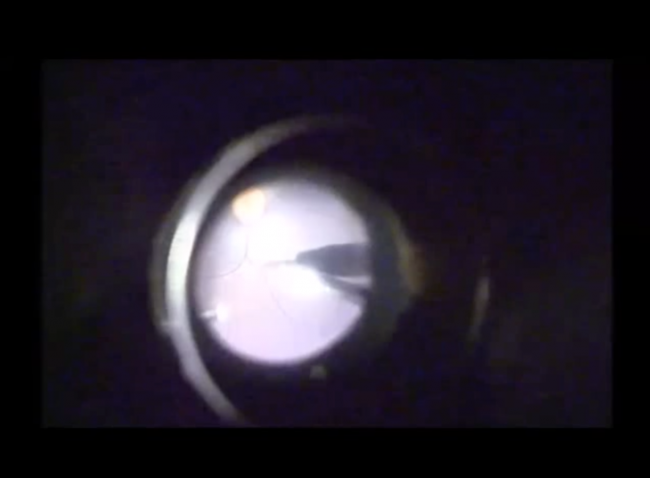
Retinitis pigmentosa is a genetic eye disease that causes damage to the retina. There is no cure; the person with the disease loses vision. However, it is possible that soon scientists will find a way to deal with this disease. For the first time in the history the researchers were able to transplant retinal tissue created from human stem cells into the retina in experimental primates.
Researchers from the RIKEN Institute in Japan were able to grow tissue of the retina and transplanted it to the monkeys, suffering from retinitis pigmentosa. Held three weeks after the test showed that the experimental monkeys eyesight has improved.

In a paper published this week in scientific work, the authors of the study also talked about the experiments on rats with advanced retinitis pigmentosa. These experiments also proved successful, transplanted cells were engrafted and were connected with the original cells of the retina, improving vision.
The researchers intend to continue the study and hope to understand, allowing implanted cells create connection with the cells of the retina. And although the practical application of this technology in humans has yet to be years of work, scientists believe that we are heading in the right direction.
According to the materials of Popular Science
